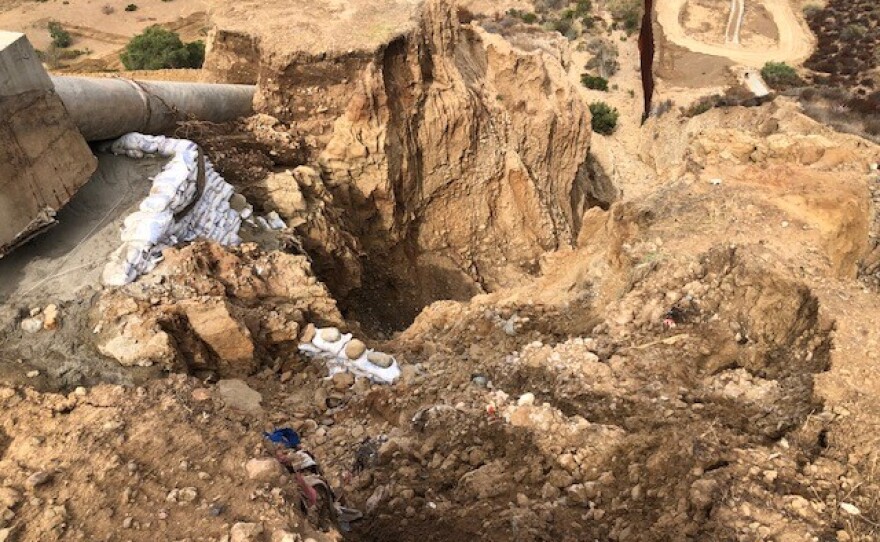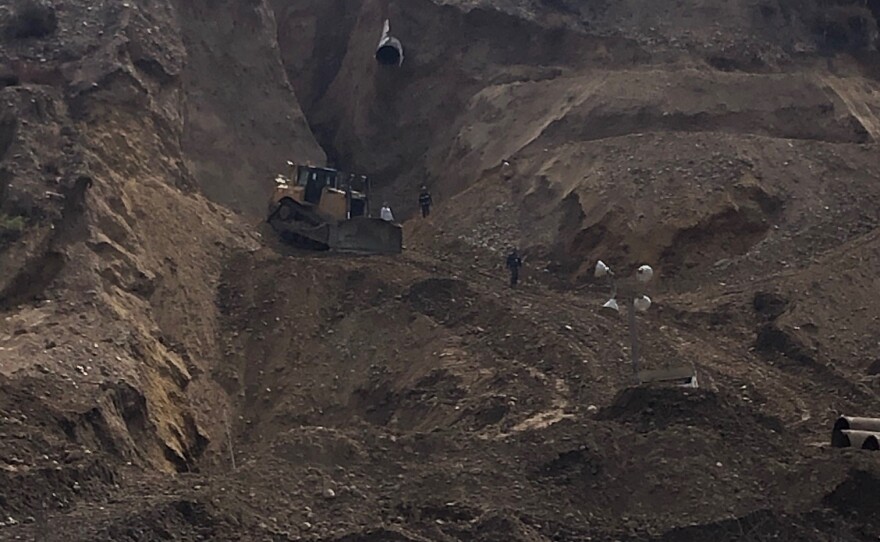San Diego’s South County beaches remain off limits to swimmers and surfers as Mexican sewage continues to foul local ocean waters.
“The beach closures have been devastating for our community,” said Imperial Beach Councilmember Paloma Aguirre.
Her city’s premier beach near the Imperial Beach pier has been closed for nine straight weeks because of pollution traced back to Mexico.
“We’re in the middle of the summer,” Aguirre said. “We have families with small kids that just want to take their kids to the beach. They can’t. Because they are deathly afraid of contracting a disease and as they should be, right?”
The longtime clean water advocate said Imperial Beach residents are used to the idea that the beach close to the border is too polluted to swim in but closing all of the city’s beaches is hard on the local community.
Coronado has also endured unusually high numbers of beach postings this summer.
A sensitive new water quality test gets some of the blame for an increase in beach postings, but the test only exposes what is in the water.
Even so, the latest massive Tijuana pipe failure is spilling raw sewage into San Diego county’s ocean.

Hundreds of millions of gallons of sewage crossed the U.S.-Mexico border and flowed into the ocean over the past two and a half weeks because two major sewer pipes in Tijuana’s Matadero Canyon collapsed at the end of July.
U.S. and Mexican officials have been scrambling to fix them.
A 54-inch-wide pipe, which carries up to 50 million gallons of sewage a day south of Tijuana to the broken San Antonio de los Buenos sewage plant, is close to being completely repaired.
The treatment plant does not work and the raw sewage will be dumped into the ocean about six miles south of Tijuana.
“We’ll still have the discharge into the ocean,” said Morgan Rogers, the regional official for the United States Boundary and Water Commission, the federal agency with jurisdiction over border pollution issues. “But we would rather have the discharge south of Tijuana where it has more time to dilute in the ocean before it drifts up north.”
Officials are slowly increasing the amount of sewage pumped through the pipe and the USIBWC expects the pipe to be fully operational by this coming weekend.
The news for the other 42-inch sewer pipe, which carries 25 million gallons of sewage away from the border, is not as encouraging, according to Rogers.
Mexican officials need to repair substantial erosion under the pipe before they can begin fixing the pipe itself.
“It’s in a worse condition,” Rogers said. “It’s higher up on the hill. The slope is much more deteriorated. It also straddles the border, so we need to arrange some access between Mexico coming to the U.S. to make their repairs.”
U.S. and Mexican officials are consulting on the repair effort.

They are confident fixing the first pipe will be enough to stop and cross border sewage flows, but if there is any rain in the region, the system will be quickly overwhelmed, and sewage will flow into the U.S. and out into the ocean.
-
We asked a number of San Diego climate scientists, activists and politicians their reaction to the groundbreaking climate legislation President Biden signed into law Tuesday.
-
Local health expert reacts to CDC’s COVID guidelines being relaxed. In other news, there will be new hiring incentives to recruit more sheriff’s deputies. Plus, the homes of two San Diego legend’s are on the market.











